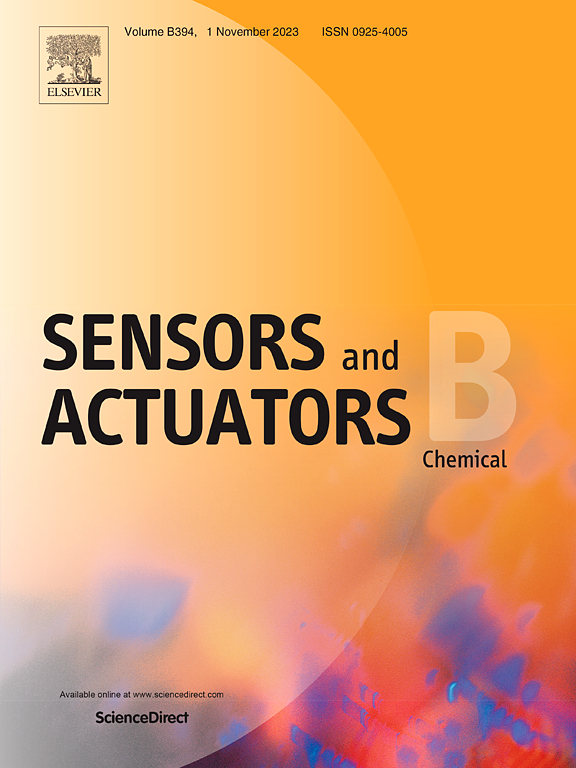An integrated platform for rotavirus nucleic acid detection
IF 8
1区 化学
Q1 CHEMISTRY, ANALYTICAL
引用次数: 0
Abstract
Group A rotavirus (RVA) is the main cause of acute gastroenteritis in infants and children with high infectivity, continuously presenting a negative impact on society. Therefore, the rapid and accurate detection of RVA is crucial for the prevention and diagnosis of the disease. Here we establish a modular and visual diagnostic platform for nucleic acid detection of the pathogen by integrating four technologies, asymmetric nucleic acid sequence-based amplification (asymmetric-NASBA), enzyme-free toehold-mediated strand displacement (TMSD), programmable primer exchange reaction (PER) cascades-mediated efficient signal amplification and a lateral flow immunoassay (LFIA), namely an ATPL-based platform. The built-in workflow can isothermally complete a convenient and rapid detection of the target molecules with a minimum concentration of 2.46 copies/mL in about 20 min, and markedly generate a lateral flow line signal for the naked eye. Moreover, a single-base difference can be distinguished from the target sequence, demonstrating high specificity and clinically analytical performance. Compared to the current common detection technology RT-qPCR, this platform provides detection results with high consistency with a kappa value of 0.927. In a word, the established ATPL-based detection platform is fast, highly sensitive and specific with promising accuracy, suggesting wide application potential in the detection of rotavirus or other nucleic acid in the future.
求助全文
约1分钟内获得全文
求助全文
来源期刊

Sensors and Actuators B: Chemical
工程技术-电化学
CiteScore
14.60
自引率
11.90%
发文量
1776
审稿时长
3.2 months
期刊介绍:
Sensors & Actuators, B: Chemical is an international journal focused on the research and development of chemical transducers. It covers chemical sensors and biosensors, chemical actuators, and analytical microsystems. The journal is interdisciplinary, aiming to publish original works showcasing substantial advancements beyond the current state of the art in these fields, with practical applicability to solving meaningful analytical problems. Review articles are accepted by invitation from an Editor of the journal.
 求助内容:
求助内容: 应助结果提醒方式:
应助结果提醒方式:


